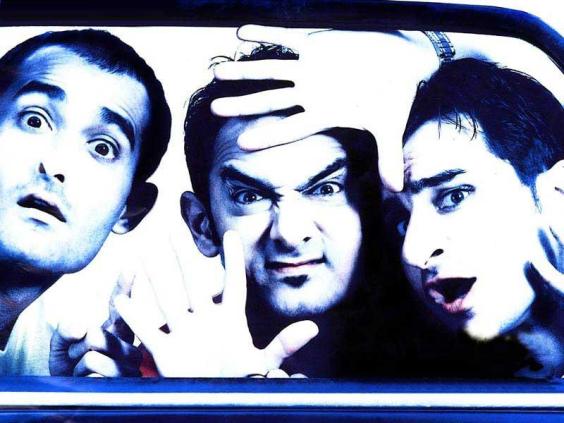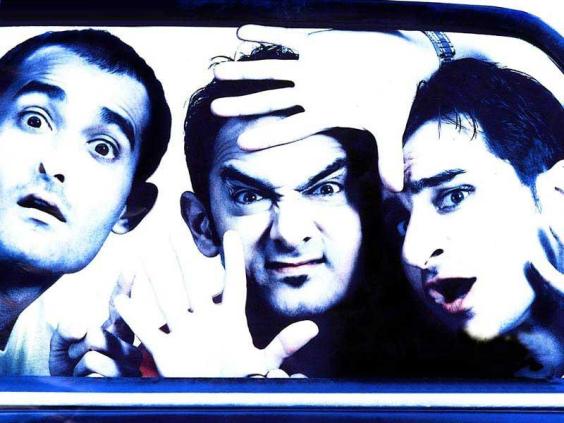
So YouTube channel – Cinema Beyond Entertainment released a video analyzing one of the most popular movies in Bollywood – Dil Chahta Hai and that has forced me see the film in a new light. The story (as we all know) is about three best friends and their journey in life. They battle heartbreak, societal pressures and even the death of a loved one. But this video video analyses the film through Sigmund Freud‘s theory of The Id, The Ego and The Superego along with its impact on the narrative style in Hindi cinema. Take a moment. Cool? Okay, read on –

Akash, played by Aamir Khan is the id. The id (Latin for “it”) is the unorganized part of the personality structure that contains a human’s basic, instinctual drives. Id is the only component of personality that is present from birth. It is the source of our bodily needs, wants, desires, and impulses, particularly our sexual and aggressive drives.

Sameer, played by Saif Ali Khan is the ego. The ego seeks to please the id’s drive in realistic ways that will benefit in the long term rather than bring grief. It “attempts to mediate between id and reality, it is often obliged to cloak the unconscious commands of the id (in this case, Akash) with its own rationalizations.

Siddharth, played by Akshay Khanna is the superego. The super-ego works in contradiction to the id. The super-ego strives to act in a socially appropriate manner, whereas the id just wants instant self-gratification. The super-ego controls our sense of right and wrong and guilt. It helps us fit into society by getting us to act in socially acceptable ways.
The super-ego’s demands often oppose the id’s, so the ego sometimes has a hard time in reconciling the two.
Remember this scene –
Now watch this intense psychoanalysis and tell us what you think!
Mind blown yet?

